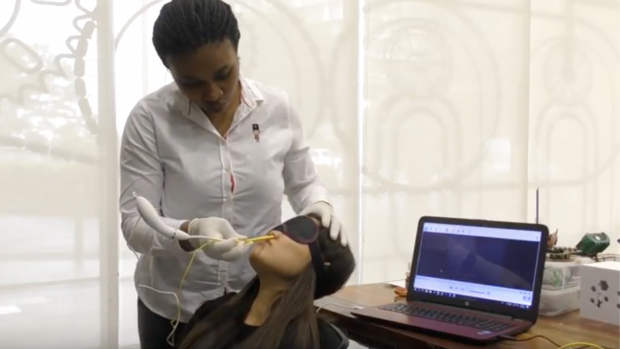
Breaking News
 Backed by Tech Billionaires, Silicon Valley Startup Quietly Weighs Plan...
Backed by Tech Billionaires, Silicon Valley Startup Quietly Weighs Plan...
 Dentistry Lies Things Your Dentist Won't Tell You!
Dentistry Lies Things Your Dentist Won't Tell You!
 Two massive quakes in 48 hours spark 'megaquake week' warnings
Two massive quakes in 48 hours spark 'megaquake week' warnings
 America's Rapidly Growing Happiness Deficit
America's Rapidly Growing Happiness Deficit
Top Tech News
 This tiny dev board is packed with features for ambitious makers
This tiny dev board is packed with features for ambitious makers
 Scientists Discover Gel to Regrow Tooth Enamel
Scientists Discover Gel to Regrow Tooth Enamel
 Vitamin C and Dandelion Root Killing Cancer Cells -- as Former CDC Director Calls for COVID-19...
Vitamin C and Dandelion Root Killing Cancer Cells -- as Former CDC Director Calls for COVID-19...
 Galactic Brain: US firm plans space-based data centers, power grid to challenge China
Galactic Brain: US firm plans space-based data centers, power grid to challenge China
 A microbial cleanup for glyphosate just earned a patent. Here's why that matters
A microbial cleanup for glyphosate just earned a patent. Here's why that matters
 Japan Breaks Internet Speed Record with 5 Million Times Faster Data Transfer
Japan Breaks Internet Speed Record with 5 Million Times Faster Data Transfer
 Advanced Propulsion Resources Part 1 of 2
Advanced Propulsion Resources Part 1 of 2
 PulsarFusion a forward-thinking UK aerospace company, is pushing the boundaries of space travel...
PulsarFusion a forward-thinking UK aerospace company, is pushing the boundaries of space travel...
 Dinky little laser box throws big-screen entertainment from inches away
Dinky little laser box throws big-screen entertainment from inches away
 'World's first' sodium-ion flashlight shines bright even at -40 ºF
'World's first' sodium-ion flashlight shines bright even at -40 ºF
These Researchers Want to Send Smells Over the Internet

In the future, we could huff food blogs and snort stinky Twitter feeds straight into our sinuses.
Okay, I'll admit that's a highly exaggerated interpretation of new research by Kasun Karunanayaka, a senior research fellow at the Imagineering Institute in Malaysia, and his team. They've designed a concept for smelling digital content—like restaurant menu items or a florist's rose bouquet—using electrical stimulation directly up your nostrils.
We've seen high-tech prototypes in the world of multisensory technology before: From molecule mixes that evoke the smell of New York in virtual reality, to "programmable" scent cartridges released during a movie, to gas masks for smelling sex while watching porn in VR. But most of these involve a chemical mix to make the scent. Instead of physical scent-mixing, Karunanayaka's smellable internet involves sticking electrodes up your nose, to touch and stimulate neurons deep inside your nasal passages.



